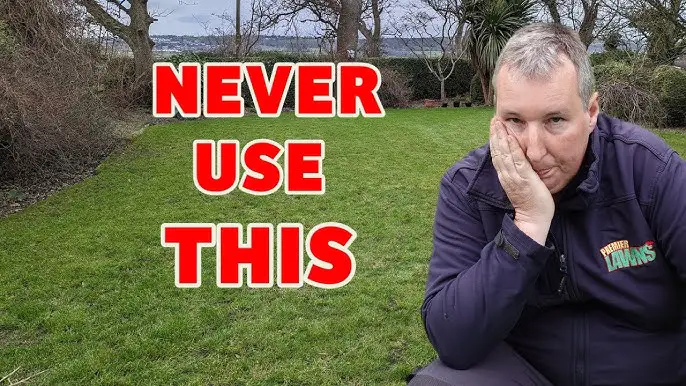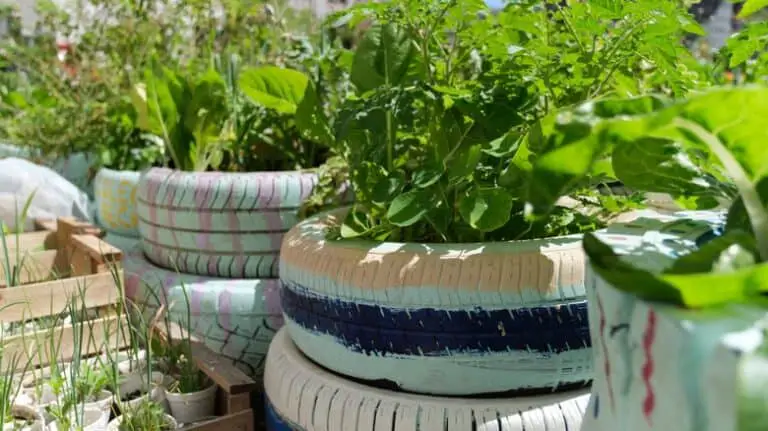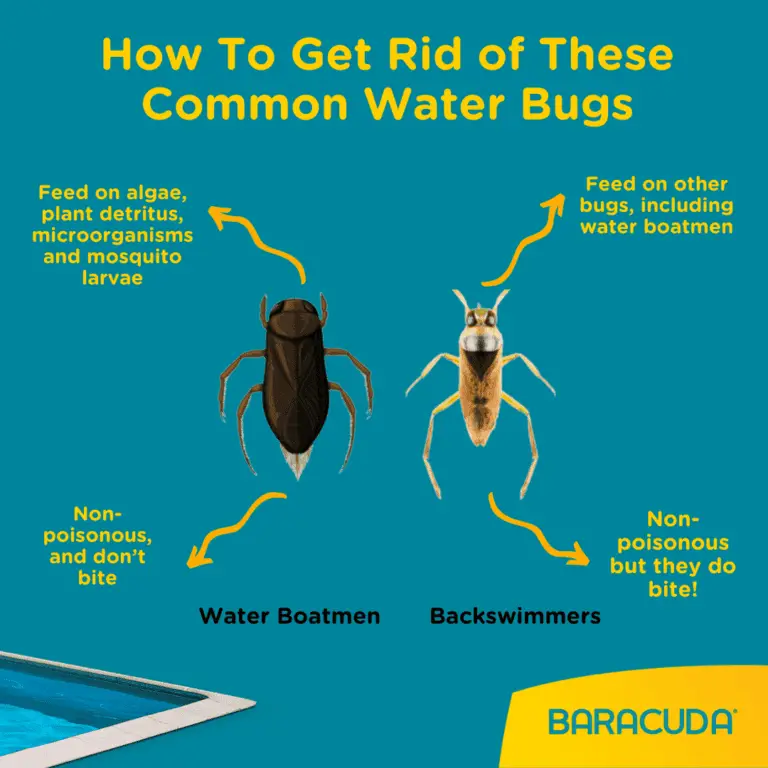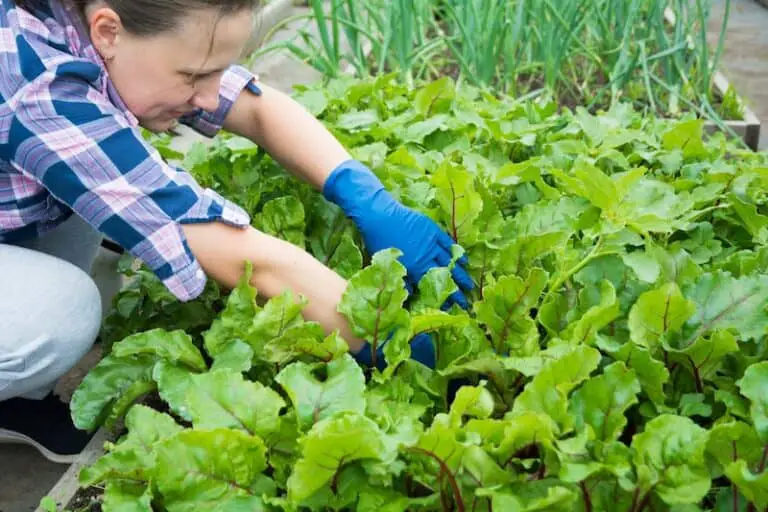Planting Technique That Will Prevent Pests From Eating Your Garden: Proven Methods
Companion planting can prevent pests from eating your garden. Planting certain crops together deters harmful insects naturally.
Companion planting involves strategically growing plants close to each other for mutual benefit. This technique not only maximizes garden space but also helps in pest control. For example, marigolds repel nematodes, while basil deters flies and mosquitoes. By pairing these plants with vegetables, you create a natural barrier against pests.
This method reduces the need for chemical pesticides, promoting a healthier garden ecosystem. Additionally, companion planting can enhance soil health and improve crop yields. Try integrating this technique into your garden to enjoy vibrant, pest-free plants.
Companion Planting
Companion planting is a smart technique. It involves planting certain plants together. These plants help each other grow and stay healthy. By using this method, you can keep pests away naturally. This helps your garden thrive without harmful chemicals.
Benefits
Companion planting offers many benefits. Here are a few key ones:
- Pest Control: Certain plants repel pests.
- Soil Health: Some combinations improve soil nutrients.
- Pollination: Attracts beneficial insects.
- Space Efficiency: Maximizes garden space.
Best Plant Combinations
Pairing the right plants boosts their growth and health. Here are some best plant combinations to try:
| Plant | Companion | Benefit |
|---|---|---|
| Tomato | Basil | Repels tomato hornworms |
| Carrot | Onion | Deters carrot flies |
| Cabbage | Dill | Attracts beneficial insects |
| Beans | Marigold | Repels bean beetles |
| Squash | Nasturtium | Deters squash bugs |
Use these combinations to create a healthy garden. Happy planting!
Natural Pesticides
Using natural pesticides is a great way to keep your garden healthy and pest-free. These solutions are safe for your plants and the environment. You can make your own or buy them from stores.
Homemade Solutions
Many natural pesticides can be made at home using simple ingredients. These solutions are easy to prepare and effective against common pests.
- Garlic Spray: Crush a few garlic cloves and mix with water. Spray on plants to repel insects.
- Neem Oil: Mix neem oil with water and spray on leaves. This natural oil kills many pests.
- Soap Water: Mix liquid soap with water. Spray on plants to remove aphids and mites.
- Chili Pepper Spray: Blend chili peppers with water. Spray on leaves to deter pests.
Commercial Options
If making your own pesticides is not for you, there are many commercial options available. These products are ready to use and can be found in most garden stores.
| Product | Description |
|---|---|
| Neem Oil | Effective against a variety of pests. Safe for most plants. |
| Insecticidal Soap | Kills soft-bodied insects like aphids and mites. Easy to apply. |
| Pyrethrin Spray | Derived from chrysanthemums. Effective against a broad range of pests. |
| Diatomaceous Earth | Natural powder that damages insect exoskeletons. Safe for use around pets and children. |
Physical Barriers
Physical barriers are a great way to keep pests out of your garden. These barriers create a protective shield around your plants. They prevent insects and animals from reaching your precious crops. There are several effective physical barriers you can use. In this section, we will cover two popular methods: row covers and garden fences.
Row Covers
Row covers are lightweight, breathable fabrics that protect plants. They let sunlight and water through but keep pests out. You can use row covers for many types of plants. They are especially useful for vegetables and fruits.
Here’s how to use row covers:
- Choose the right size cover for your garden bed.
- Place the cover over your plants, ensuring no gaps.
- Secure the edges with soil, rocks, or stakes.
- Remove the cover when the plants need pollination.
Row covers are an easy and effective way to protect your garden. They are reusable and can last for several seasons.
Garden Fences
Garden fences are another effective physical barrier. They keep larger pests like rabbits, deer, and dogs out. Fences come in various materials and heights. You can choose one that fits your garden’s needs.
Types of garden fences include:
| Material | Best For |
|---|---|
| Wire Mesh | Small animals like rabbits |
| Wood | Larger animals like deer |
| Plastic | Temporary or movable setups |
To install a garden fence:
- Measure the perimeter of your garden.
- Choose the right fence material and height.
- Install posts at regular intervals around the garden.
- Attach the fence material to the posts securely.
A well-built fence can last for many years. It provides a strong defense against unwanted visitors.
:max_bytes(150000):strip_icc()/vegetable-garden-insect-pests-1402988-v1-6226b2b23e6e4642bed495ca7bae00bf.png)
Credit: www.thespruce.com
Beneficial Insects
Beneficial insects are natural allies in garden pest control. They help keep harmful pests at bay. These insects play a vital role in maintaining a healthy garden ecosystem. By attracting and providing habitats for them, you can reduce the need for chemical pesticides.
Attracting Predators
One effective way to manage pests is by attracting predators. Predatory insects such as ladybugs, lacewings, and spiders can help control pest populations.
- Ladybugs feed on aphids, mites, and other soft-bodied insects.
- Lacewings are beneficial for controlling caterpillars and aphids.
- Spiders eat a variety of garden pests.
Planting specific flowers and herbs can attract these predators. For example, dill, fennel, and yarrow are great for attracting lacewings. Marigolds and sunflowers attract ladybugs.
Insect Hotels
Creating insect hotels provides shelter for beneficial insects. These structures offer a safe place for insects to live and breed.
| Material | Insect Attracted |
|---|---|
| Bamboo Sticks | Solitary bees |
| Dry Leaves | Lacewings |
| Wood Chips | Ladybugs |
Place insect hotels in different parts of your garden. This ensures that beneficial insects can find shelter easily. Keep them in sunny spots for the best results.
By attracting beneficial insects and providing them with habitats, you can maintain a healthy and pest-free garden.
Crop Rotation
Crop rotation is a powerful technique to prevent pests from eating your garden. By rotating crops, you break the life cycle of pests. This method also improves soil health and boosts plant growth.
Annual Planning
Annual planning is key to successful crop rotation. Each year, plan which crops to plant in each bed. Rotate crops so they do not repeat in the same spot. This disrupts pest life cycles and reduces disease risk.
| Year | Bed 1 | Bed 2 | Bed 3 |
|---|---|---|---|
| Year 1 | Tomatoes | Carrots | Beans |
| Year 2 | Beans | Tomatoes | Carrots |
| Year 3 | Carrots | Beans | Tomatoes |
Use a table to keep track of your crop rotations. This ensures you remember each year’s plan.
Soil Health
Crop rotation is great for soil health. Different plants use different nutrients. Rotating crops prevents the soil from becoming depleted. It also reduces the buildup of soil-borne pests and diseases.
- Legumes add nitrogen to the soil.
- Root vegetables break up compact soil.
- Leafy greens use less soil nutrients.
By rotating these plant types, your soil remains healthy. Healthy soil leads to stronger plants that resist pests better.
Plan your rotations carefully. Ensure each bed gets a variety of plants over the years. This keeps your garden pest-free and thriving.
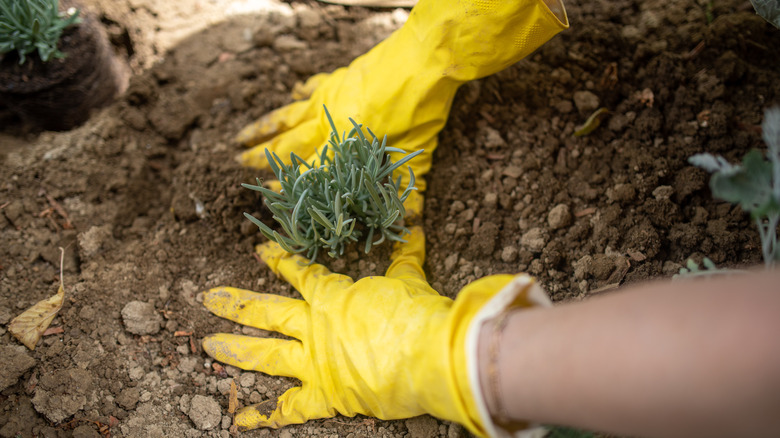
Credit: www.housedigest.com
Soil Management
Soil management is crucial for a healthy garden. Good soil practices help prevent pests. Healthy soil grows strong plants, which are less attractive to pests.
Composting
Composting enriches soil with nutrients. It improves soil structure and water retention. Composting also attracts beneficial microorganisms. These microorganisms break down organic material, improving soil health.
To start composting, follow these steps:
- Collect kitchen scraps like vegetable peels and coffee grounds.
- Mix in yard waste like leaves and grass clippings.
- Layer green and brown materials.
- Turn the pile every few weeks.
- Keep the compost moist but not wet.
Within a few months, you’ll have rich compost. Add this compost to your garden soil.
Mulching Techniques
Mulching covers the soil surface. It conserves moisture and regulates soil temperature. Mulch also prevents weeds and adds organic matter to the soil.
Use these mulching techniques:
- Organic Mulch: Use leaves, straw, or wood chips. These break down over time and improve the soil.
- Inorganic Mulch: Use gravel or landscape fabric. These don’t break down but still prevent weeds.
Apply mulch in a 2-3 inch layer. Keep mulch a few inches away from plant stems. This helps prevent rot and pest issues.
Below is a table summarizing the benefits of different mulch types:
| Type of Mulch | Benefits |
|---|---|
| Organic Mulch | Improves soil health, attracts beneficial insects |
| Inorganic Mulch | Long-lasting, effective weed control |
Implementing composting and mulching techniques boosts soil health. These practices make your garden less attractive to pests.
Watering Techniques
Proper watering techniques are essential to keep your garden healthy. They also play a crucial role in pest prevention. Incorrect watering can attract pests, while the right methods can keep them at bay. Let’s explore some effective watering techniques.
Drip Irrigation
Drip irrigation is one of the best ways to water your garden. It delivers water directly to the plant roots. This method reduces the risk of pests. Pests are less attracted to dry soil surfaces. Drip irrigation uses less water and prevents waterlogging. This method is also efficient and saves time. You can set up a simple drip irrigation system yourself. You will need drip lines, a water source, and emitters. The table below shows the basic components:
| Component | Description |
|---|---|
| Drip Lines | Deliver water to the plant roots. |
| Water Source | Provides water to the system. |
| Emitters | Control the flow of water. |
Avoiding Overwatering
Overwatering is a common mistake in gardening. It can lead to several problems. Waterlogged soil attracts pests like slugs and snails. Overwatering can also cause root rot. It’s important to water your plants just enough. Here are some tips:
- Check soil moisture before watering.
- Water plants early in the morning.
- Use a soil moisture meter.
- Ensure good drainage in your garden.
By avoiding overwatering, you can keep your garden healthy. You can also prevent pests from invading your plants. Remember, less is often more when it comes to watering.
Regular Monitoring
Regular monitoring is essential to keep pests away from your garden. By keeping a close eye on your plants, you can spot problems early and take action quickly. This method helps in preventing pests from causing serious damage.
Early Detection
Early detection is key to preventing pest infestations. Check your plants daily for any signs of pests. Look for damaged leaves, holes, or unusual spots. Catching these early can save your plants.
Routine Inspections
Conduct routine inspections to ensure your garden stays healthy. Use a checklist to make sure you don’t miss anything. Include the following in your routine inspections:
- Check the leaves for any discoloration.
- Look under the leaves for hidden pests.
- Inspect the soil for any unusual activity.
By following these steps, you can keep pests at bay.

Credit: www.msn.com
Frequently Asked Questions
How Can I Prevent Garden Pests Naturally?
Use companion planting to repel pests. Marigolds, for instance, deter nematodes and aphids effectively.
Which Plants Repel Garden Pests?
Plants like basil, lavender, and mint repel common garden pests. They also attract beneficial insects.
What Is Companion Planting?
Companion planting involves growing certain plants together. This method helps deter pests and promotes healthy growth.
Conclusion
Effective planting techniques can keep pests away from your garden. Use natural methods to protect your plants. Healthy gardens thrive with proper care and pest control. Implement these tips to enjoy a bountiful, pest-free harvest. Happy gardening!


